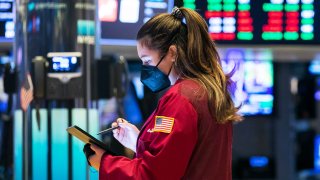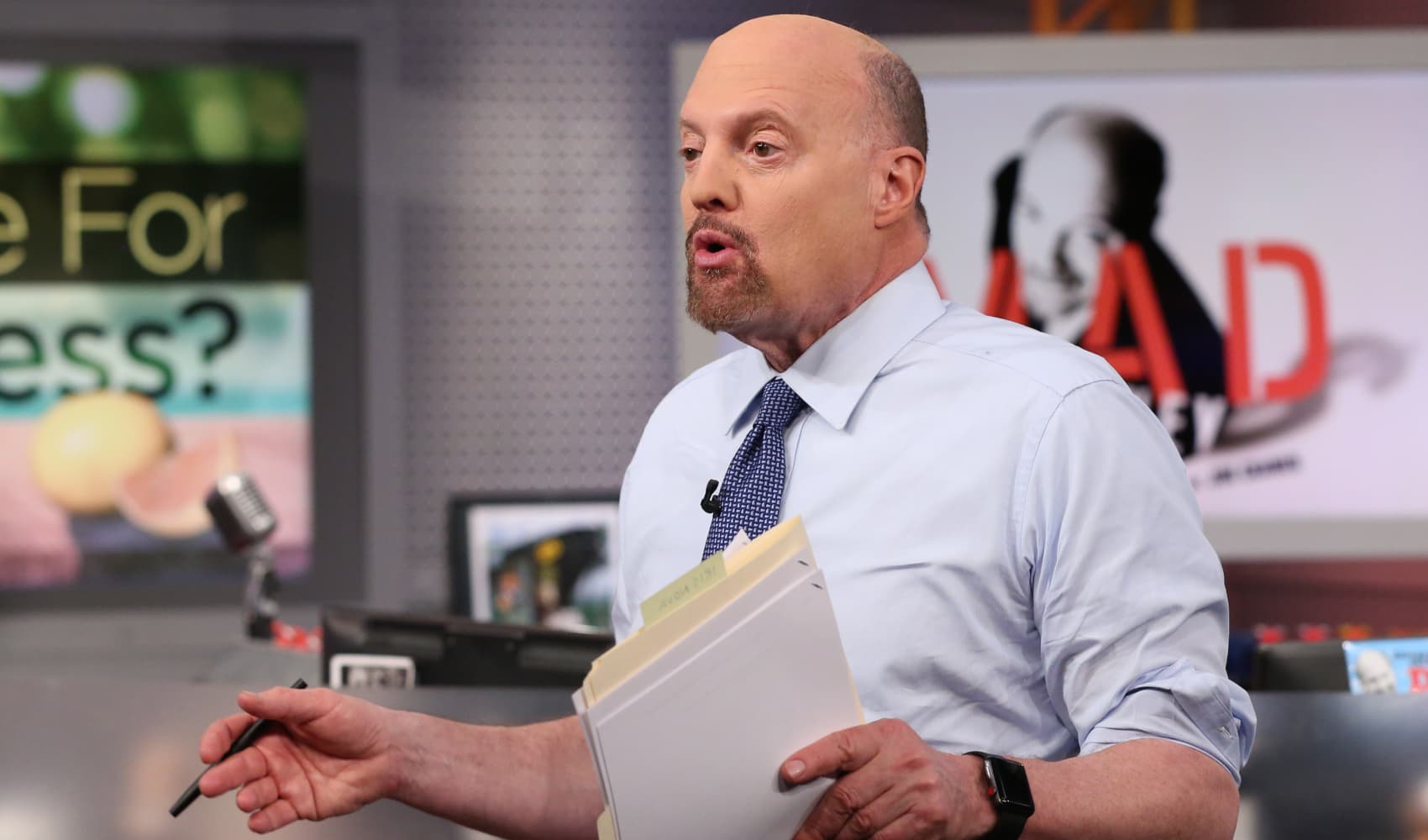
- Inflation worries have led to a sharp rise in bond yields in recent weeks — most notably on the benchmark U.S. 10-year Treasury — and an accompanying fall in bond prices.
- The market is now adapting to the possibility that bond yields will continue to rise.
- In a note Friday, Capital Economics upgraded its forecast for the U.S. 10-year yield to 2.25% by end-2021 and 2.5% by end-2022 from 1.5% & 1.75% previously.
Investor concerns about a rise in inflation are misplaced, and bond markets are at their most attractive since 2015, according to Quilter Investors portfolio manager Sascha Chorley.
Inflation worries have led to a sharp rise in bond yields in recent weeks — most notably on the benchmark U.S. 10-year Treasury — and an accompanying fall in bond prices, since prices move inversely to yields.
Rising inflation is usually bad news for bonds because it erodes their value. Stocks are seen as a better bet for investors in this environment.
Get Connecticut local news, weather forecasts and entertainment stories to your inbox. Sign up for NBC Connecticut newsletters.
But in a release Friday, Chorley voiced skepticism that a steep rise in inflation is on the way.
"If you look at market based expectations for inflation, it is true that indications are above the 2% target many central banks set," he said. "But crucially it has been a steady increase since 2020 rather than a sharp rise."
Given current bond yields and the shape of yield curves, he said, "this looks like the best time to add into government bonds since 2015. Starting to add some fixed income exposure might be quite prudent in order to add some ballast to portfolios."
Money Report
Although acknowledging that inflation does have the potential to rise, Chorley argued that structural issues caused by the pandemic, such as a rise in unemployment as support measures are unwound, could restrict spending power.
"Furthermore, a lot of emphasis is being put on the mass of savings that has been accumulated during lockdowns. But there is no guarantee this cash pile will be spent, especially given the accumulation has largely occurred in wealthier households," he said.
"Central Banks will also ensure inflation does not get out of control and have plenty of room in their policy arsenal to crush any spikes."
The U.S. Federal Reserve moved last week to calm speculation that inflation could trigger a tightening of monetary policy, signaling that it does not intend to hike rates through 2023. The Bank of England struck a similarly dovish tone on Thursday.
Chorley's view is not widespread, however, and many investors are preparing for a prolonged rise in bond yields.
In a note Friday, Capital Economics upgraded its forecast for the U.S. 10-year yield to 2.25% by the end of this year, and 2.5% by the of 2022, from 1.5% and 1.75% previously.
The 10-year yield was down slightly at around 1.6822% on Monday morning.
Capital Economics cited the Fed's apparent willingness to accept higher long-term yields and the Biden administration's ability to sustain an extremely loose fiscal stance that will provide a major boost to the U.S. economy in the coming years.
President Joe Biden recently signed a $1.9 trillion stimulus package and Democrats are already plotting a second spending plan focused on long-term infrastructure later this year.
Value vs growth investing
When it comes to investing in equities, Chorley recommended investors seek out value stocks — which are considered cheap compared to the company's financial performance — rather than growth stocks – which are judged by investors to have strong future earnings potential. Recent equity market jitters have seen high-flying growth stocks, such as the U.S. tech giants, hit hard.
"Value has been in the doldrums for some time, but things are looking up for it with increased growth expectations and this rising yield environment, and as such now may be the time to begin adding a more substantial weighting to portfolios," Chorley said.
However, despite much talk of a "rotation" from growth to value stocks in recent months, Mobeen Tahir, associate director of research at WisdomTree, told CNBC on Friday that the two ends of the equity market need not be mutually exclusive.
"There is this tension among investors because on the one hand, you have this value component which is poised to recover as we see the cyclical upswing unfold in the year to come, but at the same time investors are also looking at thematic exposure, because they continue to seek out opportunities that have a long shelf life," Tahir said.
Tahir suggested that with more options available than ever before to seek targeted exposure to themes like artificial intelligence, digitization and the transition to clean energy, investors can seek growth beyond the traditional "pure market cap approach."
"We think there is an opportunity to have a bit of both, because in 2021, we might see that growth and value can actually co-exist."






